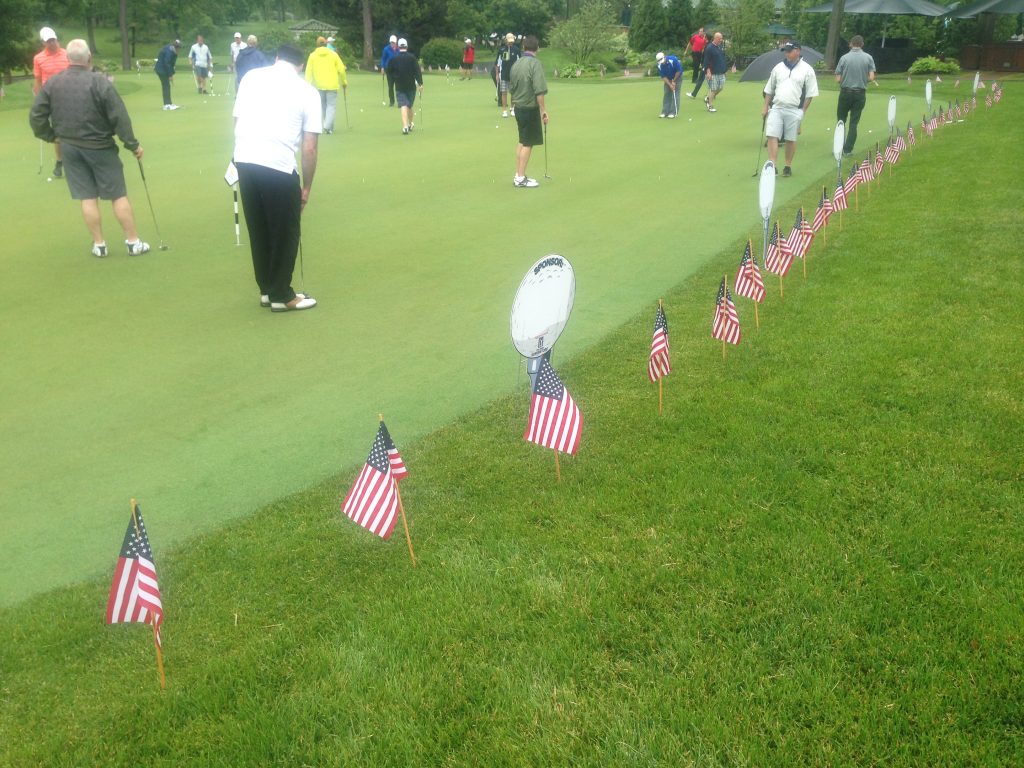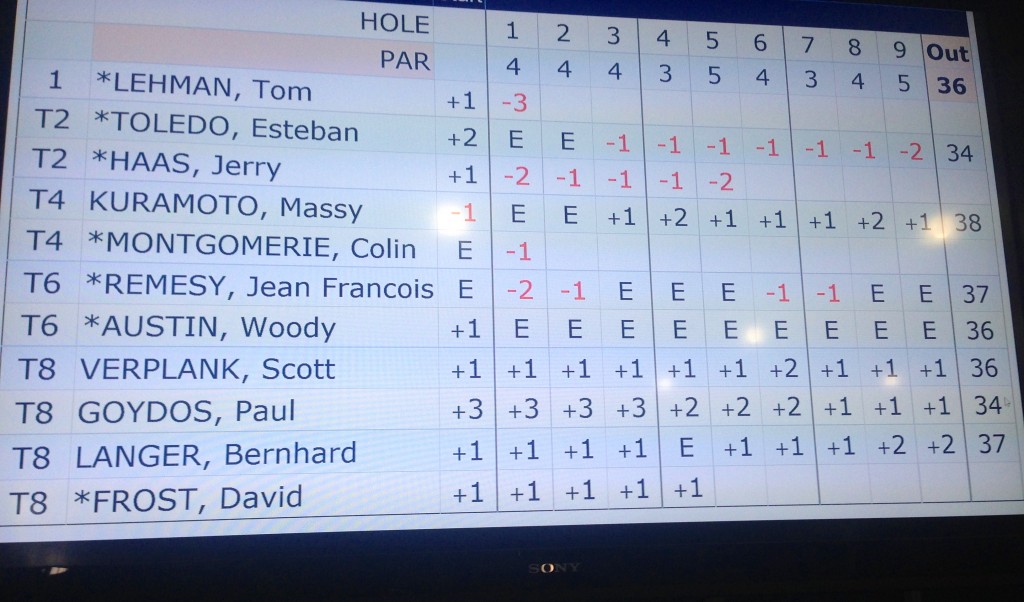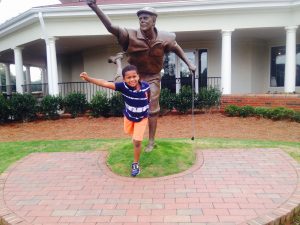Tom Lehman, a long-time star on the Champions Tour, had plenty on his mind when he visited North Shore Country Club in Glenview this week. He’ll defend his title in the Encompass Championship there in July.
Before the title defense, however, Lehman will compete in three major championships on the popular circuit for 50-and-over players.
Last week he tied for fifth in the first of the five Champions Tour majors, the Regions Tradition in Alabama. This week he’s in the Senior PGA Championship on the Pete Dye Course in French Lick, Ind., and Lehman will also compete in two other designated majors – next month’s Constellation Senior Players Championship in Massachusetts and U.S. Senior Open in California — before returning to North Shore.
The majors are 72-hole tournaments. The Encompass is only 54, but Lehman, the only golfer to be named player of the year on three major tours (PGA, Champions and Web.com) believes North Shore makes the tournament special.
“It feels like a major, almost,’’ said Lehman. “I can’t think of many courses in the world that have what North Shore has in terms of tradition and ambiance.’’
It’ll be much different this week on the six-year old Dye Course at French Lick, which has already challenged the Senior PGA players in practice rounds this week.
Lehman didn’t check out the southern Indiana layout until Tuesday and didn’t go there with any negative thoughts.
“I love Pete Dye. I have a different take on Pete Dye courses than a lot of guys,’’ said Lehman. “I’ve always liked his courses and have always played well on them. When we get a chance to play on something like this one I look forward to it.’’
French Lick, roughly a five-hour drive from Chicago, hosted Walter Hagen’s win in the 1924 PGA Championship and was the site of two majors on the women’s tour – the LPGA Championships of 1959 and 1960. Those three tournaments were held on the resort’s Donald Ross Course. This week’s tourney will be the biggest event yet on the Dye Course.
In addition to his victory in the 1996 British Open Lehman has won three majors on the Champions Tour, among them the 2010 Senior PGA at Colorado Golf Club. Colin Montgomerie is defending champion this week, having won in last year’s staging at Harbor Shores in Michigan.
Hardy advances in U.S. Open
Illinois freshman Nick Hardy, from Northbrook, was the latest of four Illini golfers to earn a berth in U.S. Open sectional qualifying. Hardy advanced through Monday’s local qualifier at Flossmoor Country Club. Teammates Brian Campbell, Thomas Detry and Charlie Danielson survived earlier local eliminations.
As a team the Illini are coming off a victory in last week’s NCAA Regional tourney at Sangamore Club in Noblesville, Ind., where Campbell was the medalist. The Illini will battle for the NCAA title at Concession Club in Florida beginning on May 29.
In addition to Hardy four other Chicago area players qualified for U.S. Open sectional play. Tim Streng of Arlington Heights, Peter Kindstrom of McHenry, amateur Kyle Nathan of Glenview and Chicago’s Clint Rice survived a local elimination at Stonewall Orchard in Grayslake.
Here and there
Tournament director Mike Galeski announced four first-time participations in the Encompass Championship – Ian Woosnam, Marco Dawson, Jesper Parnevik and Jeff Maggert, winner of last week’s Regions Tradition. Celebrities who have committed to the team portion of the event include Brian Urlacher, Johnny Bench, Roger Clemens, Jermaine Dye, Mike Eruzione and Jeremy Roenick.
Club professionals Jim Sobb (Ivanhoe) and Leon McNair (Fox Bend in Oswego) and H. Chandler Egan, an amateur star in the early 1900s, have been selected as the next members of the Illinois Golf Hall of Fame. Induction ceremonies will be held in the fall at The Glen Club in Glenview.
Christina Foster, an amateur from Canada, was medalist in Monday’s U.S. Women’s Open sectional at Westmoreland in Wilmette. The only other qualifier for the July’s Women’s Open finals at Westmoreland was Elizabeth Nagel of DeWitt, Mich.
Pat Hickey is now on the teaching staff at Cantigny, in Wheaton. He had been working with Cantigny’s club-fitting and junior programs.
The Medinah Patriot Day outing is scheduled for Tuesday (MAY 26) on the club’s No. 2 course. Its playing spots sold out long ago but the C.H.A.M.P. Celebrity Pro-Am, on May 27 at Old Orchard in Mount Prospect, still has some playing spots available.
The Chicago District Golf Assn. Mid-Amateur Championship concludes its three-day run at Bowes Creek in Elgin on Wednesday and the Illinois Senior PGA Match Play Championship begins its three-day run at Shoreacres in Lake Bluff next Tuesday (MAY 26).
 There doesn’t seem to be nearly as many golf charity events as there once was, but the Medinah Patriot Day outing certainly isn’t having any problems. In fact, after six years, it’s growing big-time.
There doesn’t seem to be nearly as many golf charity events as there once was, but the Medinah Patriot Day outing certainly isn’t having any problems. In fact, after six years, it’s growing big-time.










